In every hut along the Overland Track there is a large sign outlining the leg ahead; kilometres, estimated time, elevation, landscape. The same details are in the official guide I’m carrying, but regardless I study every board in every hut, trying to picture what lies in store for me.
It’s a pointless task. I have never come close to predicting the path ahead.
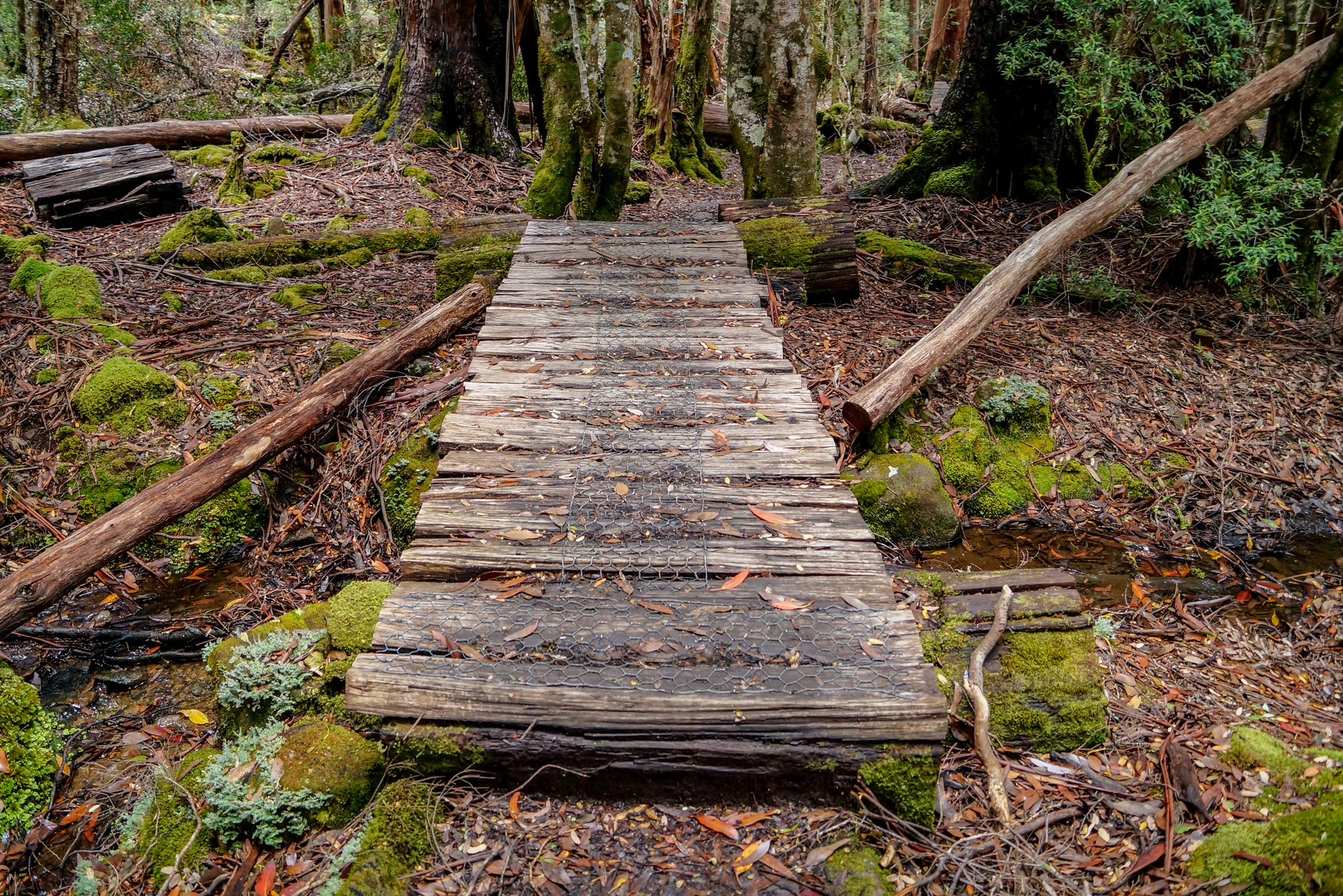
The diversity of the Tasmanian wilderness is startling – a fact driven home with every step over the last 50 kilometres. In an afternoon I can pass through alpine landscapes, rainforest, grasslands and scrub. The Tasmanian Wilderness World Heritage Area covers more than one million acres and I am seeing just a slice of it, but it’s enough to understand why it’s so special.
When it was listed by UNESCO in 1982, it satisfied more criteria for selection (seven out of 10) than any other site. The only other site to meet as many now is China’s Mount Taishan, listed in 1987.
To put this into perspective, Machu Picchu satisfies four criteria, as does the Great Barrier Reef and the Grand Canyon. Petra in Jordan, meets three. Ha Long Bay in Vietnam, meets two.
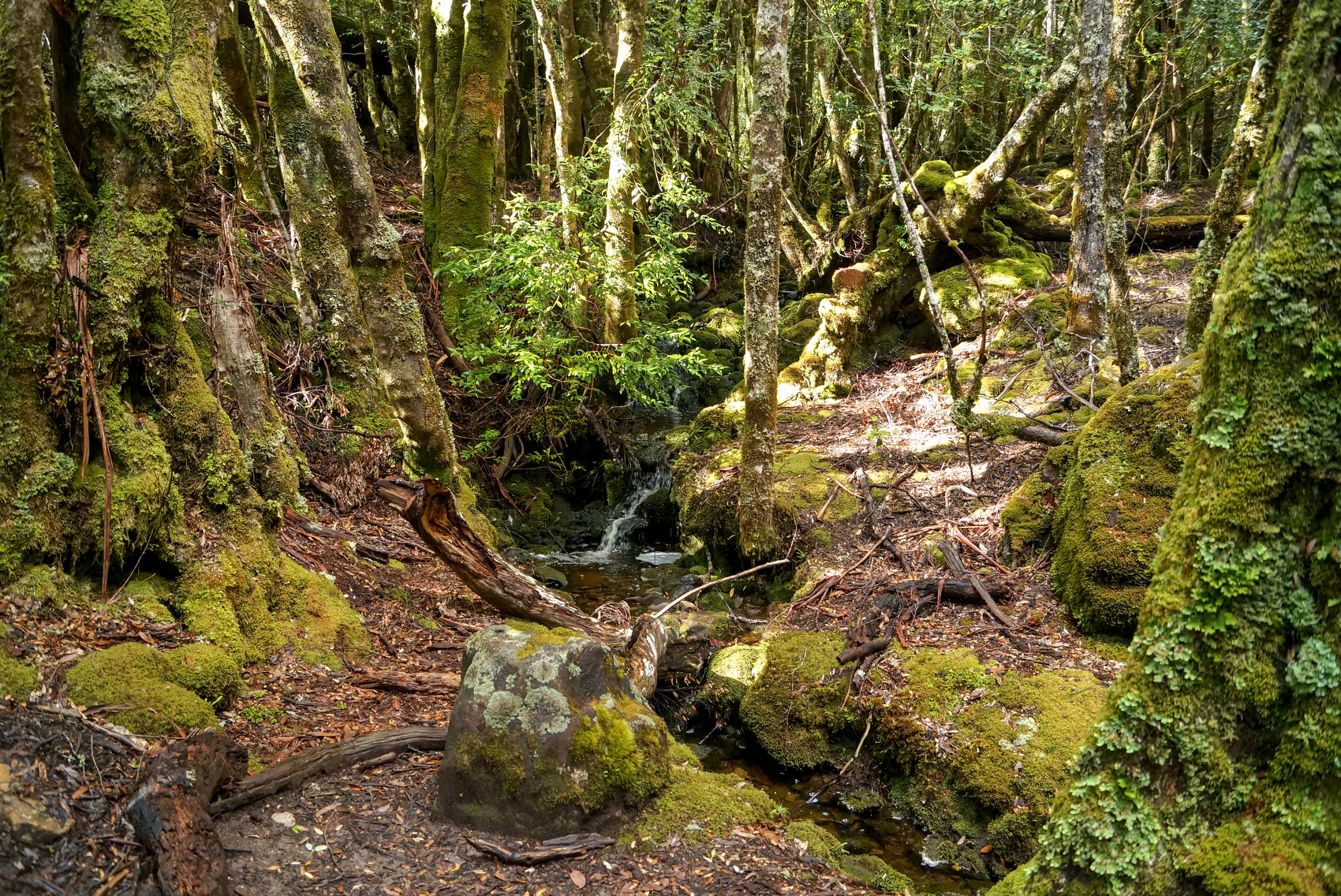
Compared to the millions of people that visit the places I just mentioned, less than 200,000 visit the Cradle Mountain-Lake St Clair National Park each year. The privilege of what I am seeing is not lost on me.
Every day brings something new, and today, the board in the hut tells me, is waterfall day.
After four days in the wilderness I’m appreciating the simplicity of existing out of a backpack. Decision making, for example, is fairly straightforward now. It’s the same conundrums every day: Will I need an extra layer of clothing? Should I have a snack now? Will I have dehydrated pasta and beef for dinner or dehydrated beef and pasta? Should I get up to pee or try to go back to sleep?
In the very early hours of day five I’m struck with the latter dilemma. Unfortunately I’m camped close to a river and it’s raining. Ignoring the urge is difficult. I unzip my tent and creep into the darkness. In the distance lightning cracks over Cathedral Mountain.
It’s beautiful and haunting.
When I wake up a few hours later there’s no sign of the thunderstorm, or even the rain. The clouds are making way for the sun, which makes yesterday’s disappointment sting. With 20km to walk over the next two days I’m on the home stretch and the thought distracts me.
My mind flicks between my bad luck on Ossa and arriving at Lake St Clair tomorrow. It takes a few hours to be present. This is an epic journey, one I might not do again, and I don’t want to waste my attention on ‘if onlys’.
We are overtaken early by the crazy Frenchman. He walked the 35 kilometres to New Pelion Hut in one day, climbed Ossa on the second (the same day I failed to) and plans to reach Lake St Clair tonight.
He jogs past carrying a mug in his hand and sipping a Uruguayan energy concoction through a straw.
At Du Cane Hut we stop for a drink and a snack. The four-bunk hut is nicknamed Windsor Castle and is the oldest on the track. The hut was built in 1910 as hunting headquarters by Paddy Hartnett. It’s been renovated several times since then, but now serves as an emergency hut.
The two Aussie girls we met on Ossa yesterday camped here overnight. “Welcomed here by a rather large tiger snake which is still basking a little closer to our helipad campsite than we’d prefer,” began their note in the logbook.
A little way down the track is the junction for the side trip to D’Alton and Fergusson falls. We leave our packs on the side of the main track, taking only water and cameras. As we walk down, the Frenchman runs up.
In the silence of the rainforest, I can hear the falls long before they come into view. We’ve passed much smaller waterfalls along the track, often stopping to fill our drink bottles under the quick-flowing water, but nothing of this size until now.
The pictures in the guidebook gave me some idea of what to expect and it gets me thinking of the early walkers along the track. They would have covered this area with a fraction of the information I have.
I wonder what it was like to stumble upon these sights without expectation.
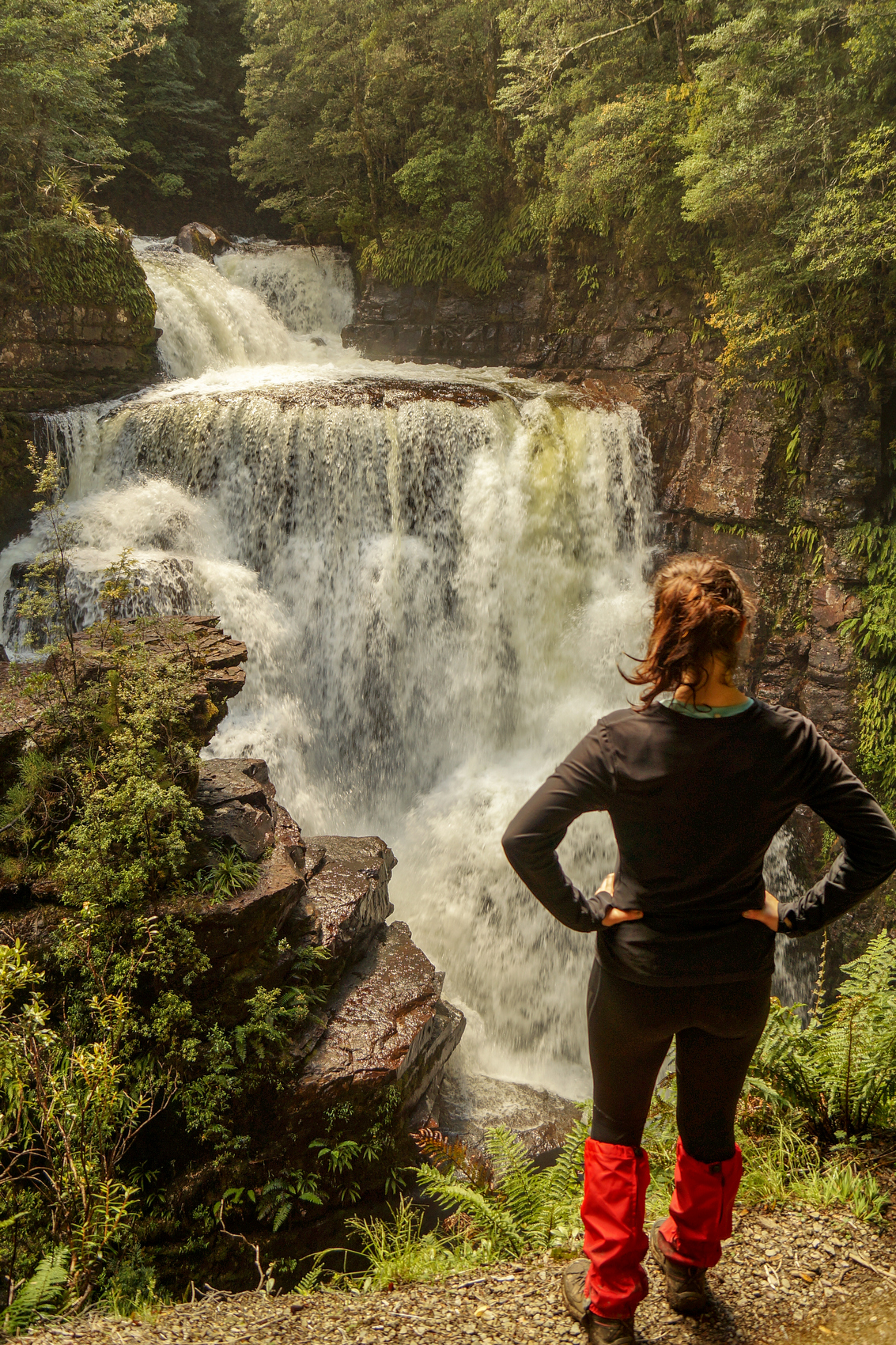
Even though I knew the waterfalls were on the agenda today, I’m still blown away when I stand in front of them. It’s the same feeling I had on day three while walking across Pine Forest Moor and seeing the mountains in the distance.
It isn’t the waterfalls themselves, as beautiful as they are, that have me pausing for a moment and making a conscious effort to remember how I feel right now. It’s the awareness of where I am and how special this is.
There are no shortcuts to get here. These falls are only seen by people prepared to walk for a couple of days. As I watch the water cascade over the top, I appreciate I am one of them.
It’s muggy in the rainforest but the mozzies and leeches keep me in full-length clothing. At Hartnett Falls, named after Paddy, we walk along the cliff edge and climb down to the Mersey River at the base of the falls. If I was to follow this river I’d end up in Devonport, where it flows into Bass Strait.
It’s not hot enough to entice me to swim, so instead I lay backwards over a rock and hang my head into the river. The sensation of the chilled water flowing over my head as I rinse my hair is heavenly.
Back on the main track, we have one major climb left – up to Du Cane Gap. The climb is about three kilometres, but it seems to take forever. We stop frequently. The magnitude of the journey is starting to take its toll.
On paper it doesn’t seem like much – some days we’re not even walking 10 kilometres. But the weight of the packs makes it harder, as does the slog through the muddy tracks and the mental pressure of knowing the only way this will end is with more walking.
At Windy Ridge and Bert Nichols Hut I pitch my tent for the last time. On the button grass-surrounded helipad, with The Acropolis and Mount Geryon as a backdrop, we do a yoga session.
As I stretch out I again take a moment to remind myself where I am right now. On a helipad. In the wilderness. Trying to touch my toes.
My last night on the Overland Track is the most restless. Surrounded by trees and scrub, my tent is apparently in the middle of a wildlife high-traffic area. The rustle in the bushes and noise as they scurry over the timber camping platform wakes me up a lot.
I feel a slight pull every time some critter – perhaps a wallaby, or wombat, or devil – knocks one of the ropes keeping the fly sheet taut. In the morning I pack up for the last time, apparently missing a stunning sunrise over the Du Cane Range mountains.
Our last day, just nine kilometres, is my shortest. We leave early as today we are actually on the clock. To save ourselves a seventh day of walking we have booked to catch the ferry across Lake St Clair.
It is an easy walk through tall eucalypts. I’m torn between wanting to be at the end already and savouring what’s left of this amazing adventure.
I have walked most of this with a camera in hand, but start to take even more photographs wanting to remember every detail.
A couple is waiting on the jetty when we get there well before our ferry booking. We pull off our boots and dip our feet into the icy water.
When the private tour group arrives, the guides, accompanied by the Irishman who swam in Lake Windermere, strip down and jump off the jetty. Then they do it again.
I want to do the same. It seems like the perfect way to cap this whole thing off. I decide I’ll do it once the group, which is booked on an earlier ferry, leave. But when the ferry arrives the driver says he can take all of us, so we scramble our belongings together and pile aboard the Idaclair. It’s cloudy and slightly choppy as we make the 25-minute journey across Australia’s deepest lake.
Outside the visitor centre at Lake St Clair we pose in front of the Overland Track sign, our finish line.
Eight months have gone by between completing the Overland Track and writing these posts. The beginnings of a story sat in my draft folder for a long time, but it took until now to work out how to share this journey. I’ve spoken before about what it meant to me to do the walk. It’s a goal I’ve had for more than half my life.
When I reached Lake St Clair I was exhausted. All I wanted was to shower and sleep in a bed. I was so tired I couldn’t process what finishing the track meant. I covered 73.5 kilometres in six days, some of that was in horrible weather.
Before this walk the only overnight hikes I’d done included a bed and meal in a hostel. This time I was completely self reliant. It was challenging – both mentally and physically – in so many ways. So it took time for the significance of my achievement to sink in.
To many people, walking this track isn’t a big deal. Hell, I met kids doing it. But to me it was a reminder of the thrill of being pushed out of my comfort zone and exploring parts of this world that so few people have the chance to experience.
I now know I’m capable of something that a year ago I only hoped I was.
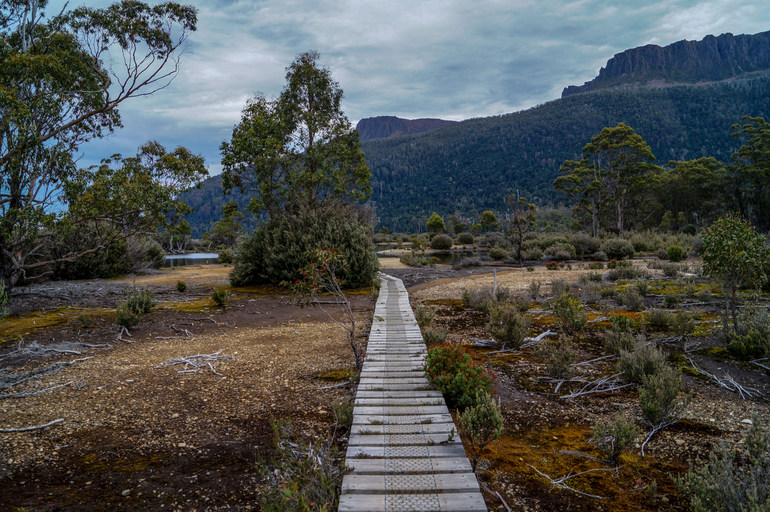

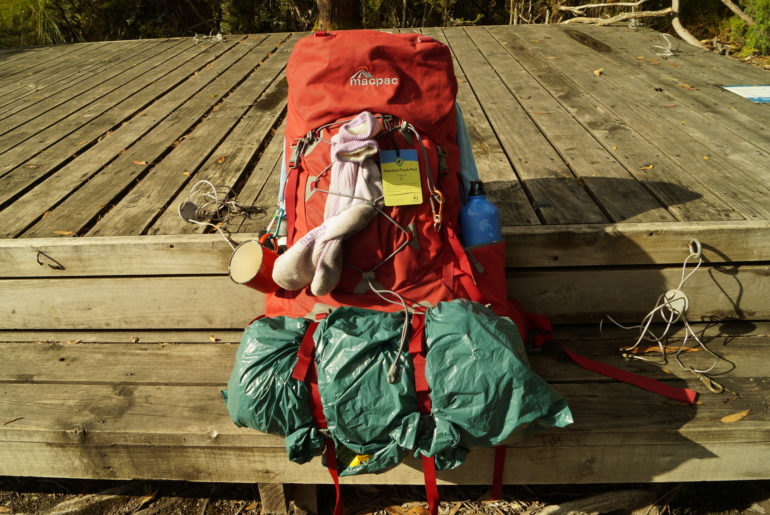
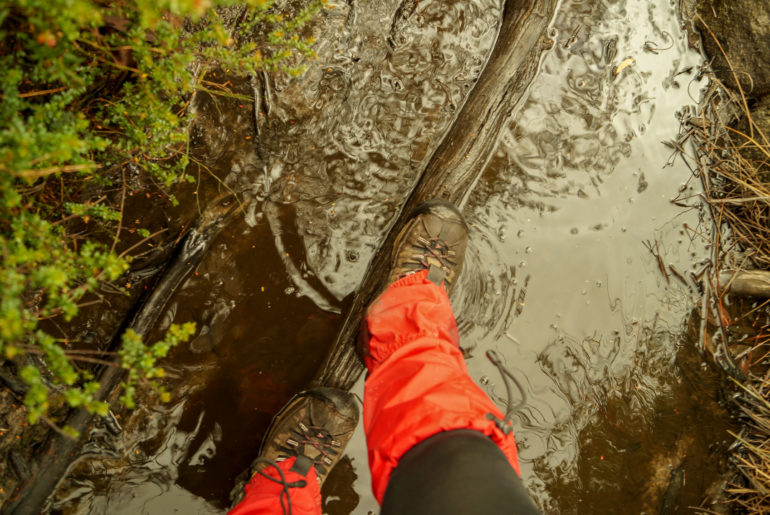



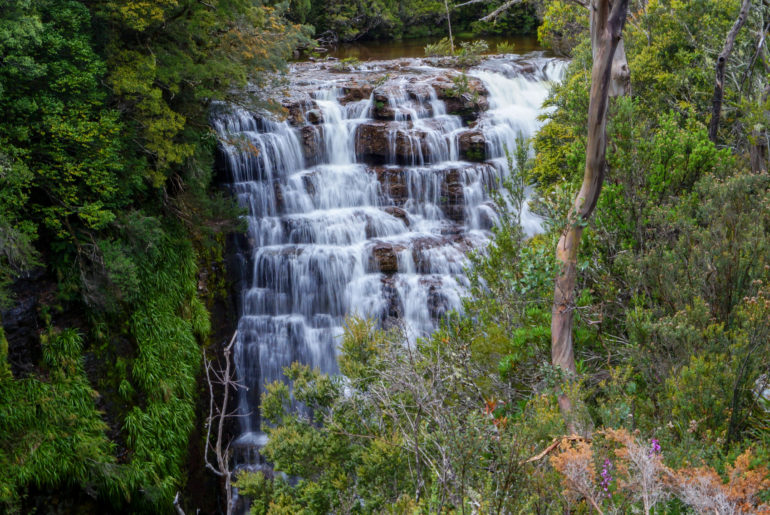
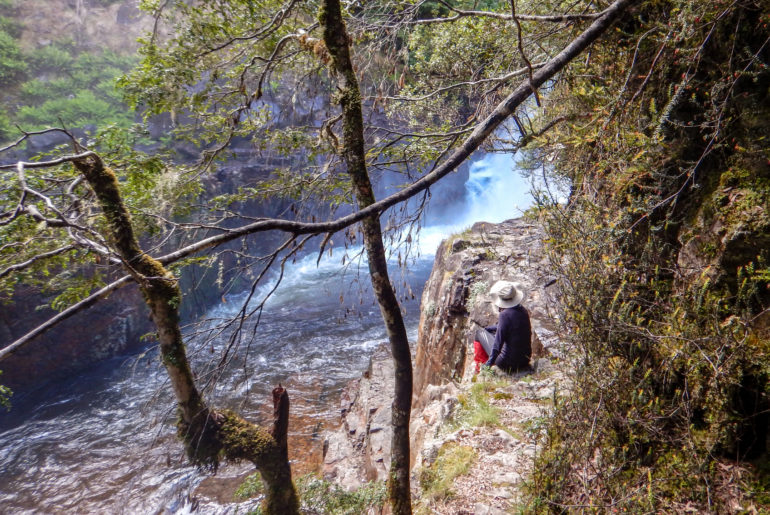
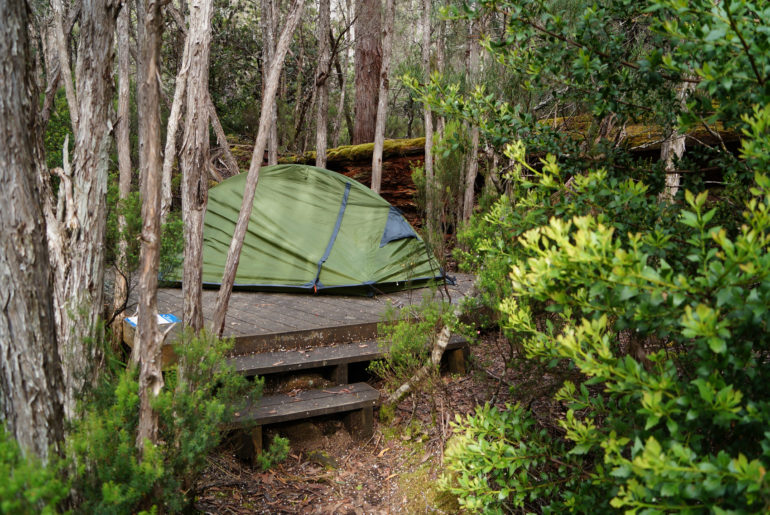
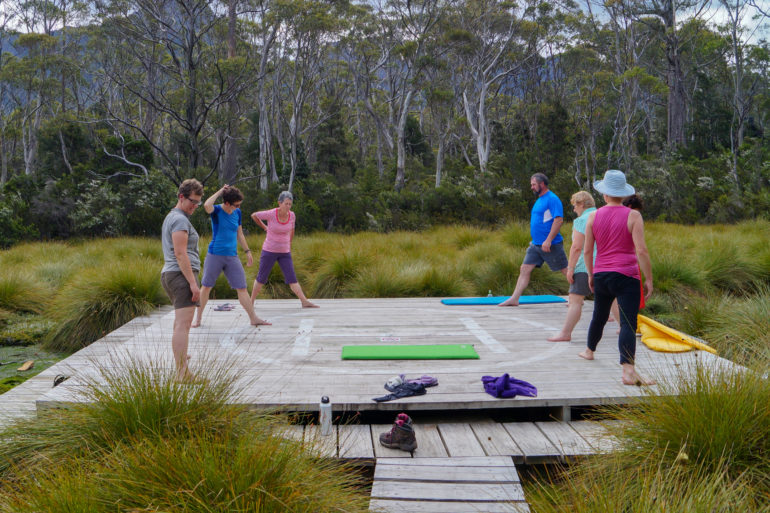





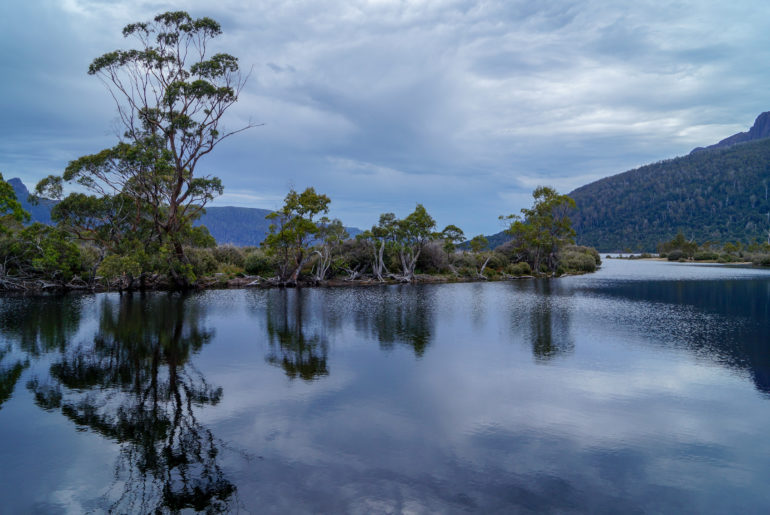
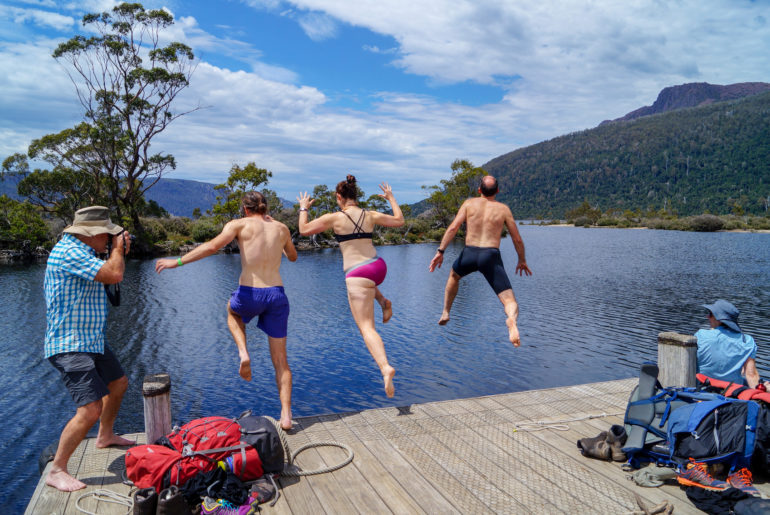



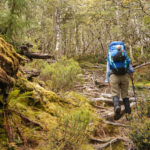
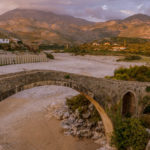
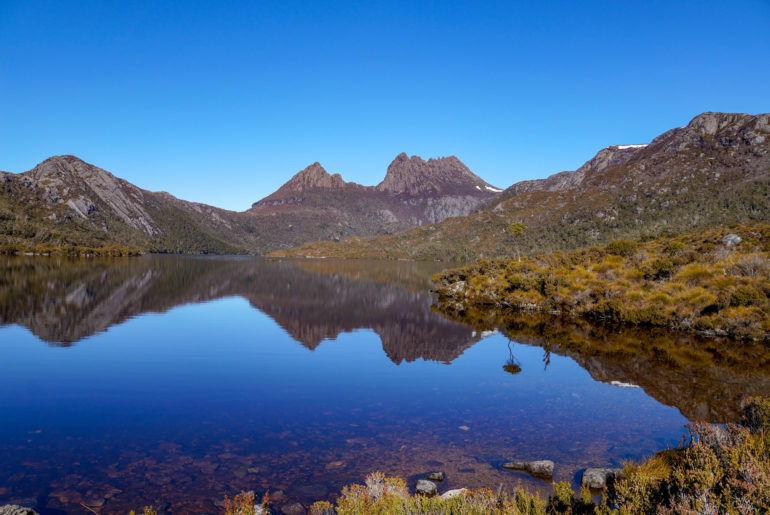
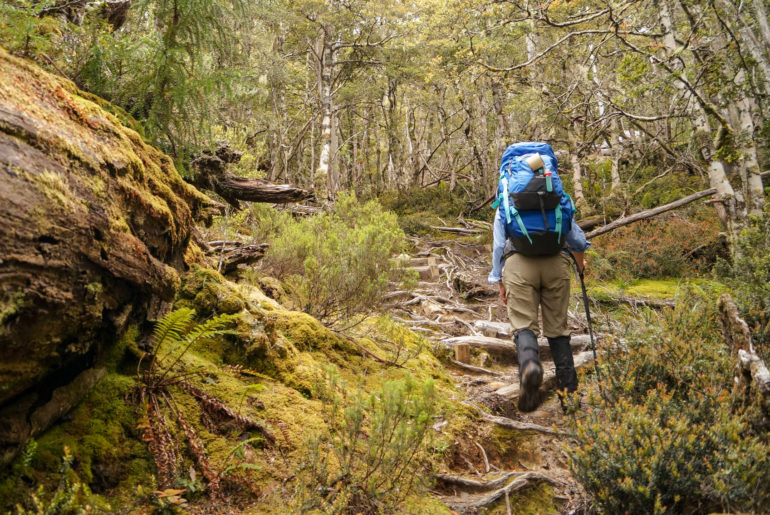

2 Comments
Congratulations on completing the track Megan!
When you book your pass I assume you have to decide there and then the plan of where you will be each night – Could you have asked for 2 nights at the camp ground just past Mt Ossa to either give yourself the option of 2 days of attempting to reach the summit, or use that as a rest day if it worked out on the 1st day?
Wonderful photos of waterfalls –
What a great accomplishment 🙂
Thanks Linda! You have to start the track on your booking date, but there’s no set time to finish it in. You could spend two nights at every hut if you wanted. I would have loved an extra day but we’d already arranged our rides home etc, so we didn’t have any flexibility this time.